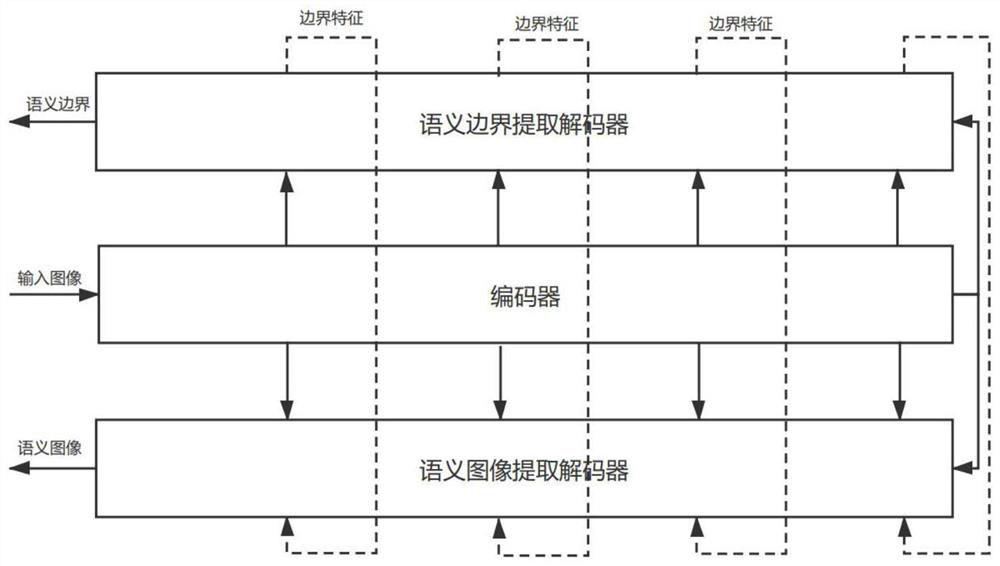A Salt Body Recognition Method Based on Deep Learning Semantic Boundary Enhancement
A recognition method and deep learning technology, applied in the field of geological survey and computer vision, can solve the problems of insufficient seismic image data, inaccurate segmentation results, and lack of semantic boundaries, etc., to achieve model stability, increase accuracy, and efficient and accurate segmentation Effect
- Summary
- Abstract
- Description
- Claims
- Application Information
AI Technical Summary
Problems solved by technology
Method used
Image
Examples
Embodiment Construction
[0035] The present invention will be described in further detail below in conjunction with specific embodiments and with reference to the accompanying drawings.
[0036] The present invention provides a salt body recognition method based on deep learning semantic boundary enhancement, which specifically includes the following steps:
[0037] The used hardware equipment of the present invention has 1 PC machine, 1 1080 graphics cards;
[0038] Step 1. Collect seismic image datasets of geological salt beds, and clean these data.
[0039] Step 2. Randomly divide the seismic image data set into a training set and a test set, perform data enhancement processing, and extract the corresponding semantic boundaries, and finally use the variance and mean of the ImageNet data set for regularization processing.
[0040] Step 2.1, randomly divide the data set into training set and test set;
[0041] Step 2.2, enhance the data in form, and flip the seismic image and the corresponding labe...
PUM
 Login to View More
Login to View More Abstract
Description
Claims
Application Information
 Login to View More
Login to View More - R&D
- Intellectual Property
- Life Sciences
- Materials
- Tech Scout
- Unparalleled Data Quality
- Higher Quality Content
- 60% Fewer Hallucinations
Browse by: Latest US Patents, China's latest patents, Technical Efficacy Thesaurus, Application Domain, Technology Topic, Popular Technical Reports.
© 2025 PatSnap. All rights reserved.Legal|Privacy policy|Modern Slavery Act Transparency Statement|Sitemap|About US| Contact US: help@patsnap.com



